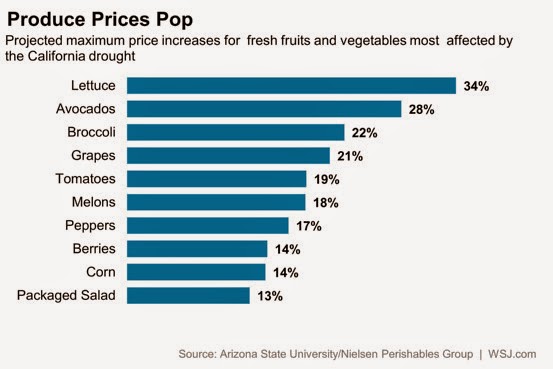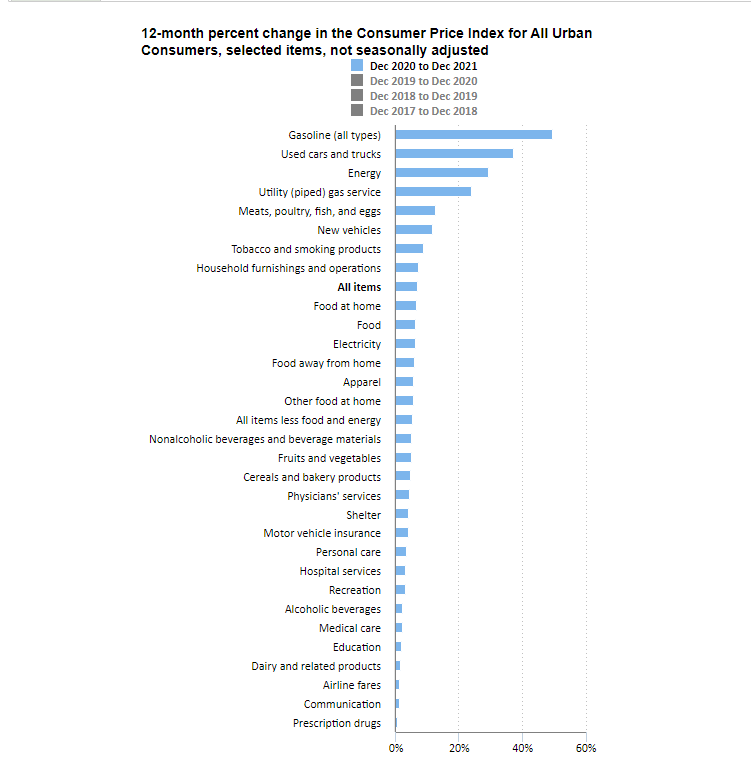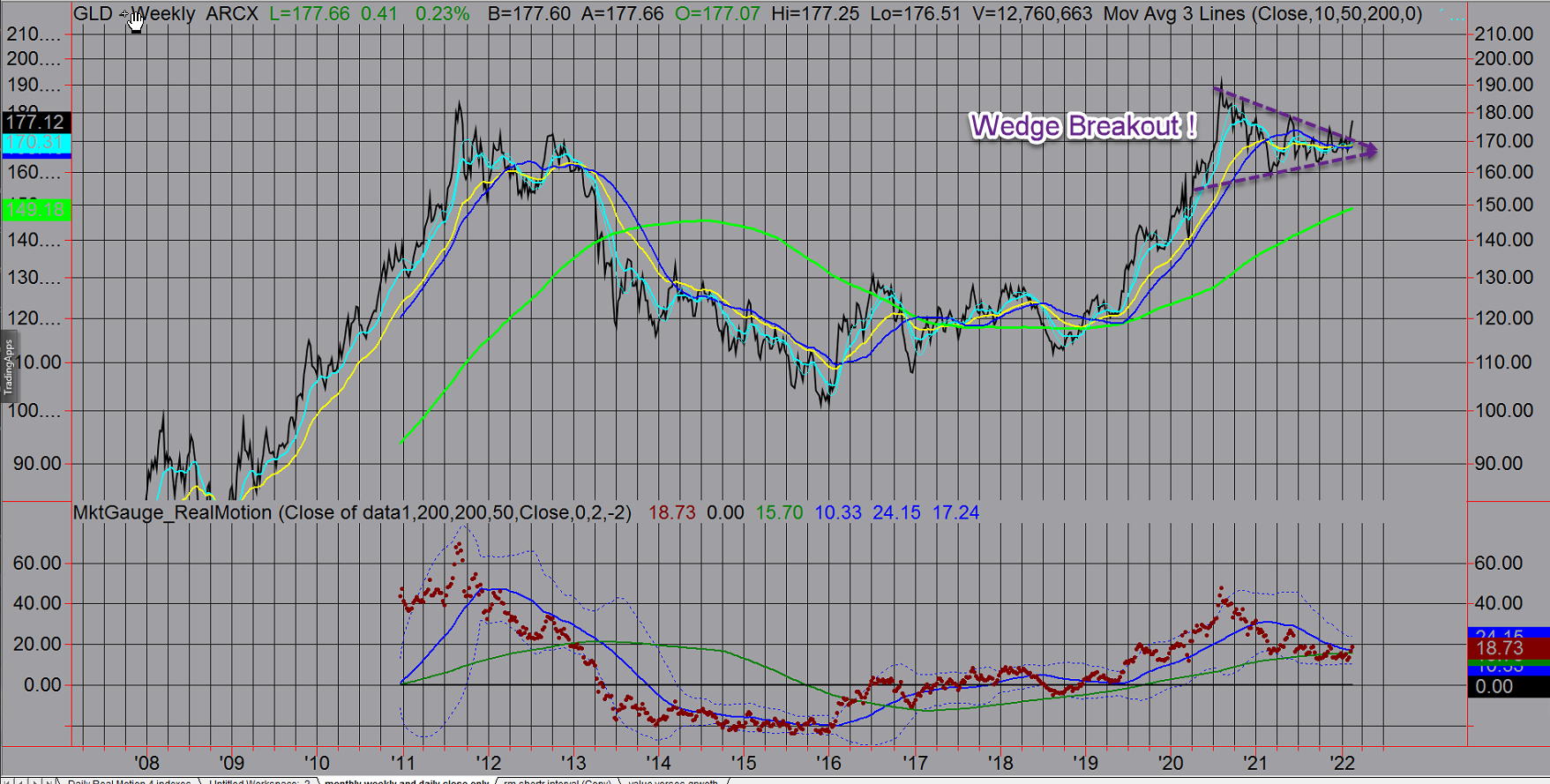I vividly remember the first golden arches that landed in my hometown in the 1960s. I recall my mother putting my brother and I in our Chrysler LeBaron and heading over to McDonalds. I would always get a hamburger, French fries, and a Coke.
These were special occasions and ones I remember with fond memories. The year was 1967, and the price of that hamburger was 22 cents. A full meal was less than $1. In fact, the McDonald’s ad campaign grabbed your attention with the promise that you could eat a full meal for less than a $1!
Today that same "skimpy" hamburger is approximately $2.50.
A year later (1968) McDonald’s rolled out a super edition of the hamburger called the Big Mac. It was a creation that was supposed to include twice the meat, and of course sold for twice the price (45 cents). McDonald’s introduced the Big Mac because their rival, Burger King, had already introduced a bigger sandwich in Florida called the Whopper.
American’s appetite for size has never been the same.
What do hamburgers have to do with your investing?
After the great rise in food costs during the high inflation period between the late 1970s and early 1980s, economists began to track food costs as a barometer of the economy and the rate of inflation.
In 1986 the magazine, The Economist, invented the Big Mac economic index, and it’s been watched carefully by economists ever since because it’s been a reliable indicator for the rising cost of food in the U.S. and around the world.
The steep increase of the price of the Big Mac can be seen below in the table reporting 2004 to 2022:
Of course, food costs have been a significant contributor to the rising cost of a Big Mac around the world. However, the far greater contributor recently has been labor costs, which include taxes paid to the government (Social Security), benefits, and in many states a steep increase in the minimum wage.
Here is what it costs around the world to purchase a Big Mac.
What is so interesting about the government’s effort to calculate consumer prices is the inclusion in the CPI of different food calculations including food at home, and food away. The reporting agency tries to keep a check on this number by releasing the monthly information without including food and energy costs (ex food & energy).
This has been done to help mitigate the large swings that can occur from spikes in energy and food prices. This seems ridiculous given that the average American relies heavily on food and energy to live their lives. These numbers have been steadily increasing (without spikes) since last year.
As you are already aware, the January 2022 number came in "very hot" at 7.5% year-over-year, which is the highest number since 1981. For a more detailed breakdown of all the key elements factored in the CPI, we provide the December 2021 breakdown (CPI was 7.0% year over year and food prices averaged a 6.3% rise):
In last week’s Market Outlook, we provided the chart below showing the rapidly rising cost of produce from California, mainly caused by the ongoing drought there.

Rising inflation is considered one of the biggest punishments to U.S. citizens
Unless wage increases can keep pace with the rising costs of goods and services, the average American loses ground. Today that number is approximately -2.5% depending on where one lives.
All Americans are paying much more for their everyday food, gas, heating bill, health care, and other costs. Some places in the U.S. are finding food shortages and grocery store shelves empty.
This type of inflation becomes punitive and has been known to cause high dissatisfaction of the government by average citizens.
While we have provided some solutions to this problem in the past, it inevitably comes down to making more ($) from investments and minimizing places where rising costs can be hurtful.
Here are just a few of our ongoing suggestions:
- Follow MarketGauge for timely investment strategies intended to both protect and help you take advantageous of profitable opportunities.
- Diversify into commodities, foreign countries and special opportunities while watching to not put your investment assets at too much risk.
- Focus on value opportunities and those that may benefit from higher rates of inflation. These may include consumer staples, financials, and commodity-oriented companies.
- Consider adding some precious metals and mining in your portfolio.
Here is a look at the indicators from our Big View:
One of the most interesting charts shows the weekly gold is positioned to explode to the upside and go to new highs, if it can hold recent breakout levels.
Risk On
- As we highlighted last week, Bonds via iShares 20+ Year Treasury Bond ETF (NASDAQ:TLT) mean-reverted from oversold levels, but could be running into a wall of overhead supply around its 50-day moving average or could be indicating that the run up in rates and bond yields have peaked for now (+)
Risk off
- All 4 key indices marked losses on the week, closing below their long term 200-day moving averages, and are showing TSI values of -2 or worse across the board (-)
- Further deterioration is apparent on the weekly charts, with DIA, SPY, and QQQ all closing below their 50-weekly moving averages (-)
- Volume is confirming further weakness, with only 1 accumulation day for each of the 4 key indices across the past 2 weeks (-)
- Most sectors got beat up with the exception of Consumer Staples (XLP) +1%, Transportation (IYT) +0.9% Semiconductors (SMH) +0% held up surprisingly well on the week (+)
- The market hotspot this week was commodities led by Gold (NYSE:GLD) and Gold Miners (NYSE:GDX) were the standout performers for the week (-)
- SPY’s market internals have degraded to neutral/negative readings (-)
- The cumulative advance/decline line in the NASDAQ Composite is showing extreme weakness (-)
- The new high/low ratio for both COMPX and SPY are strongly negative, with the Hindenburg Omen indicator picking up as well and now reading 18 negative market omens
- Risk Gauges have backed off even more and are now Risk-Off across the board (-)
- Volatility sentiment readings indicate no palpable change from last week, but VXX remains in Risk-Off mode (-)
- The number of stocks above the 3 key moving averages (10, 50, 200) that we monitor are continuing to deteriorate (-) moving into bear market territory
- Value Stocks (VTV) continue to outperform both Growth Stocks (VUG) and the SPY, not surprising in this global Risk-Off environment (-)
- Of the 6 members of Mish’s Modern Family, Regional Banks (KRE) is the only member to retain a bullish price phase, while Transportation (IYT) and Semiconductors (SMH) closed in Distribution phases on Friday (-)
- The United States (SPY) is slowly losing its leadership, with both Emerging Markets (EEM) and larger cap Foreign equities (EFA) both outperforming US equities (-)
- Soft Commodities (DBA) were basically flat on the week, digesting a big run-up over the last few months (=)
- Gold (GLD) has outperformed US equities (SPY) on the multiple timeframes to date (5-day, 3-month, 6-month) and broke out of a long-term wedge pattern




